Giacinto Gelli
CycloDSP: A cyclostationary signal analysis tool for GNU Radio
May 27, 2024Abstract:In this paper, we present a first attempt to incorporate in the GNU Radio ecosystem a tool called CycloDSP, devoted to the analysis of complex-valued cyclostationary signals. Such signals are ubiquitous in communication and signal processing, exhibiting periodic or almost periodic statistics that are characterized by a countable set of cycle frequencies, which are related to the main signal periodicities. Common cycle frequencies for modulated signals are multiple of the baudrate and/or combination of the carrier frequency and baudrate. Conventional estimation strategies for cyclostationary signal analysis typically exhibit a high computational burden. Many approaches aimed at reducing complexity exploit fast Fourier transform (FFT) algorithms, which are very efficient for batch data but are not suited for continuously streaming data, typically encountered in software-defined radio (SDR) applications. The aim of this paper is to develop an out-of-tree (OOT) GNU Radio module containing a set of building block functions, aimed at estimating functions, such as the cyclic correlation functions, typically employed for cyclostationary signal analysis. The proposed implementation must be designed so as to ensure high efficiency in processing continuous data streams of complex samples, both in terms of computational load and data storage, in order to be executed on general purpose computers. We tested our implementation by estimating in real-time the second-order cyclic statistics of a Gaussian minimum-shift keying (GMSK) modulated signal, which belongs to a class of signals commonly employed in aeronautical telemetry datalinks.
A Hybrid NOMA-OMA Scheme for Inter-plane Intersatellite Communications in Massive LEO Constellations
Jul 17, 2023Abstract:Communication between satellites in low-Earth orbit (LEO) constellations takes place through intersatellite links (ISLs). Unlike intra-plane ISLs, which interconnect satellites belonging to the same orbital plane with fixed relative distance, inter-plane ISLs experience significant Doppler frequency shifts, since satellites belonging to different orbital planes exhibit time-varying relative distance (required, e.g., to minimize the risk of physical collisions between satellites). In this paper, we consider the problem of connecting multiple satellites, belonging a massive LEO Walker Delta constellation, to a receiving satellite, referred to as the sink. Specifically, we consider a hybrid multiple access scheme, which employs a combination of non-orthogonal multiple access (NOMA), where ISLs share the same time-frequency resource blocks, and orthogonal multiple access (OMA), where ISLs employs orthogonal resource blocks. To this aim, the set of satellites transmitting towards the sink is divided into groups, where NOMA is employed within each group, whereas OMA is used to separate different groups. Such a scheme subsumes as special cases both pure-OMA and pure-NOMA. Our study highlights that similar Doppler frequency shifts have a large impact on the individual rates of the satellites in a pure-NOMA scheme, thus reducing the network fairness of this technique. Motivated by such a fact, we develop design strategies of the proposed hybrid NOMA-OMA scheme, which exploit inter-plane Doppler frequency diversity to enhance fairness among the satellites, while ensuring a significantly higher sum-rate capacity compared to the pure-OMA technique. Numerical results corroborate our theoretical analysis, by demonstrating both the fairness enhancement of the proposed techniques over the pure-NOMA scheme, as well as their capacity improvement over the pure-OMA one.
Visible light backscattering with applications to the Internet of Things: State-of-the-art, challenges, and opportunities
Aug 15, 2022
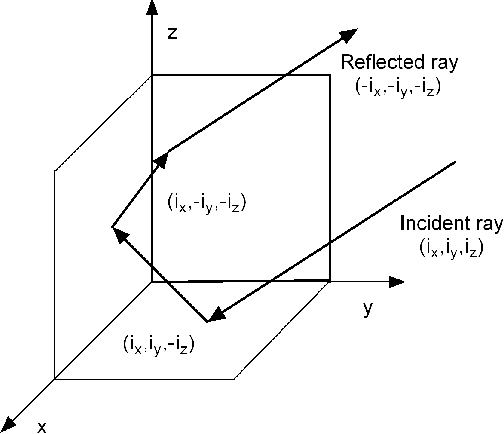
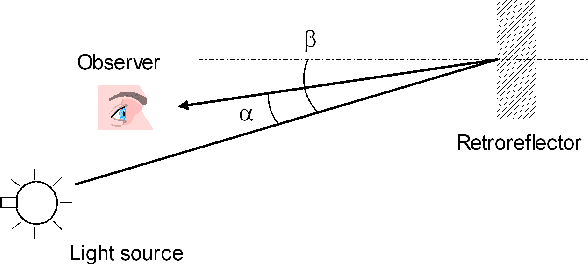
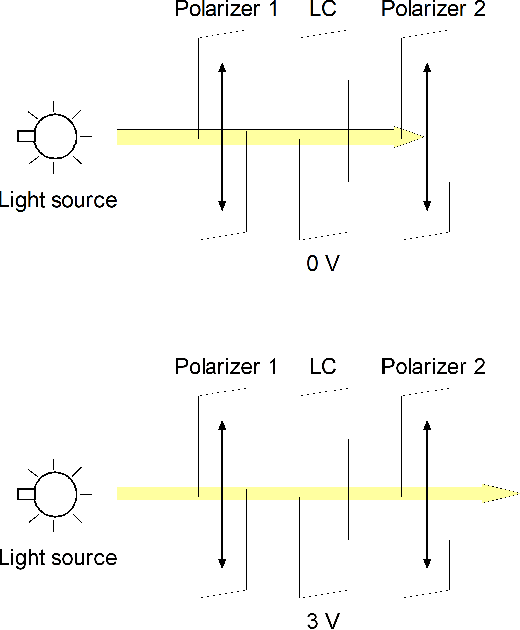
Abstract:Visible light backscatter (VLB) is an innovative optical transmission paradigm to enable ultra low-power passive communication and localization for the Internet of Things (IoT), by overcoming some of the limitations of conventional (i.e., active) visible light communication (VLC) as well as active/passive radio-frequency (RF) technologies. In this paper, we provide a comprehensive survey of recent research activities in the VLB field. After describing the principles of operation and the main enabling technologies, we classify the existing VLB techniques according to several features, discussing their merits and limitations. Moreover, we introduce the potential applications of VLB techniques in several IoT domains. Finally, we present the main open challenges in this area and delineate a number of future research directions
A cloud-assisted ADS-B network for UAVs based on SDR
May 20, 2022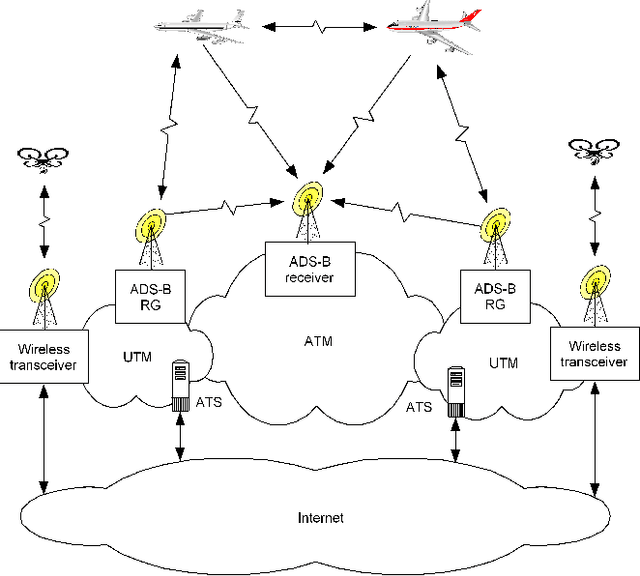
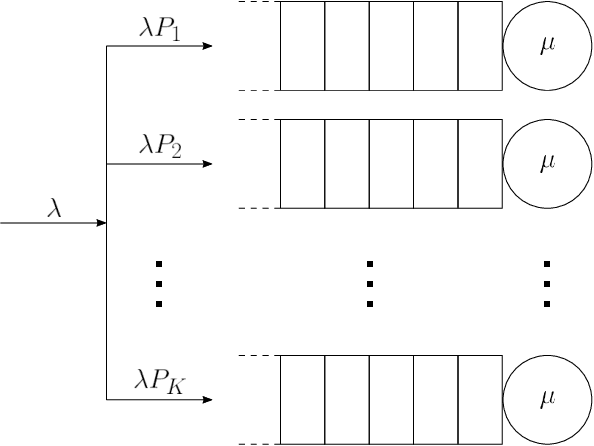
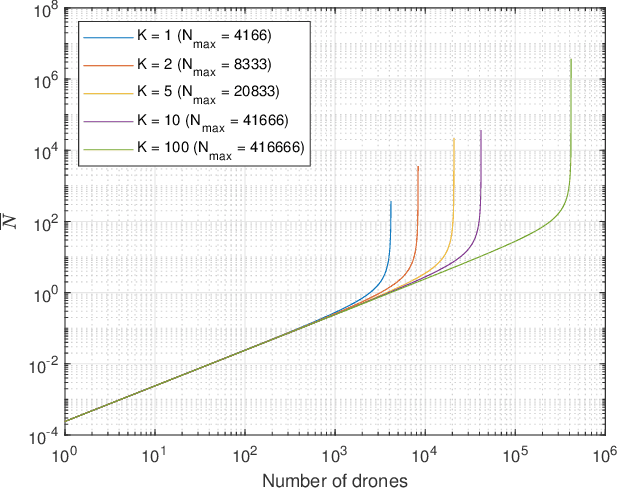

Abstract:Integration of Unmanned Aerial Vehicles (UAVs) or "drones" into the civil aviation airspace is a problem of increasing interest in the aviation community, as testified by many initiatives developed worldwide. Many traditional surveillance solutions for manned aircrafts employ the Automatic Dependent System-Broadcast (ADS-B) technology, which however might present several drawbacks when used for UAVs, especially smaller ones and/or those flying at very low altitudes. We present in this paper a cloud-based surveillance solution for UAVs, which can be considered as an enhancement of a conventional ADS-B system. The proposed solution leverages inexpensive on-board transceivers for transmitting positional messages from the UAVs to the ground. A network of ADS-B gateways, based on the software-defined radio (SDR) paradigm, format the positional messages into valid ADS-B signals and rebroadcast them in the air, allowing thus to emulate a true ADS-B system and overcoming the main disadvantages of the conventional implementation. A preliminary performance analysis of the proposed approach, based on queuing theory, shows the main tradeoffs of the considered approach. Moreover, a physical-layer laboratory implementation of the proposed solution is presented, based on off-the-shelf SDR hardware, which is programmed using the open-source GNU Radio environment.
Detection and blind channel estimation for UAV-aided wireless sensor networks in smart cities under mobile jamming attack
May 25, 2021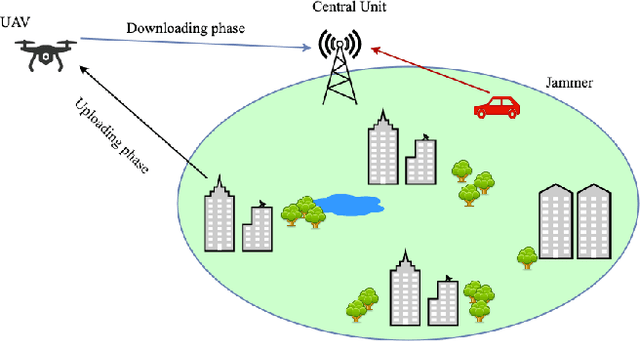
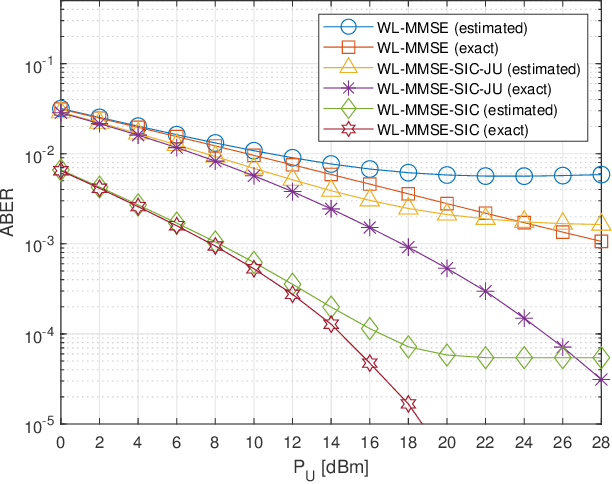
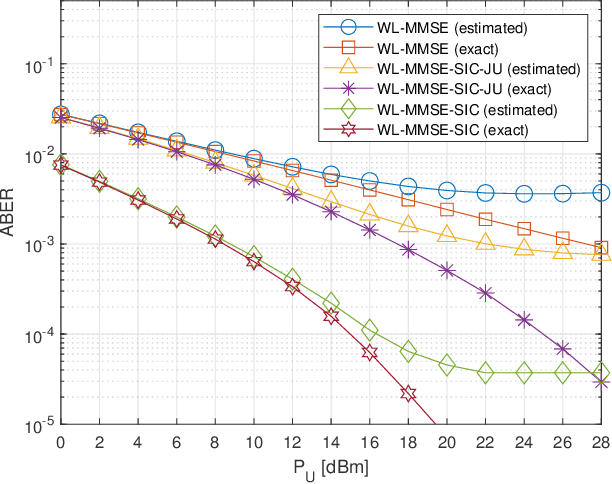
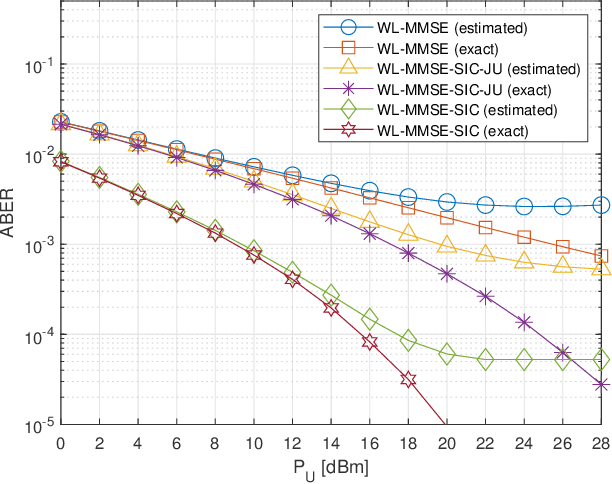
Abstract:There exist several ways of integrating unmanned aerial vehicles (UAVs) into wireless sensor networks (WSNs) for smart city applications. Among the others, a UAV can be employed as a relay in a "store-carry and forward" fashion by uploading data from ground sensors and meters and, then, downloading it to a central unit. However, both the uploading and downloading phases can be prone to potential threats and attacks. As a legacy from traditional wireless networks, the jamming attack is still one of the major and serious threats to UAV-aided communications, especially when the jammer is mobile, too, e.g., it is mounted on an UAV or inside a terrestrial vehicle. In this paper, we investigate anti-jamming communications in UAV-aided WSNs operating over doubly-selective channels. In such a scenario, the signals transmitted by the legitimate transmitters (sensors and meters in the uploading phase or the UAV in the downloading phase) and the malicious mobile jammer undergo both time dispersion due to multipath propagation effects and frequency dispersion caused by Doppler shifts. To suppress the jamming signal, we propose a blind physical-layer technique that jointly exploits amplitudes, phases, time delays, and Doppler shifts differences between the two superimposed signals. Such parameters are estimated from data through the use of algorithms exploiting the almost-cyclostationarity properties of the received signal. Simulation results corroborate the antijamming capabilities of the proposed method, for different mobility scenario of the jammer.
 Add to Chrome
Add to Chrome Add to Firefox
Add to Firefox Add to Edge
Add to Edge